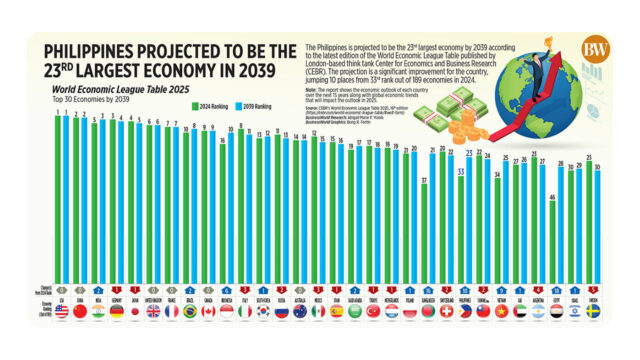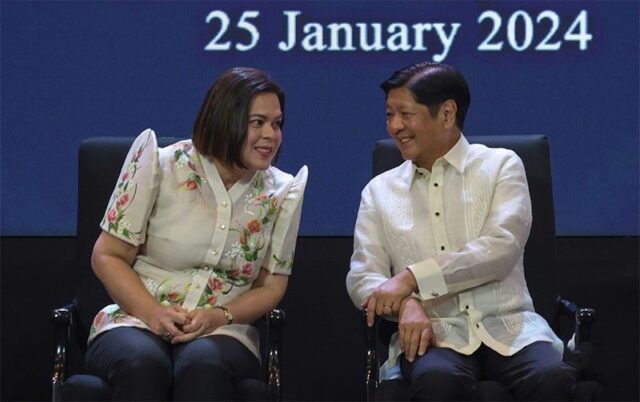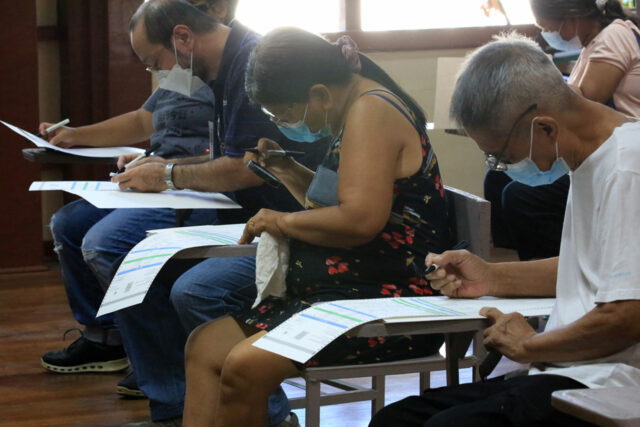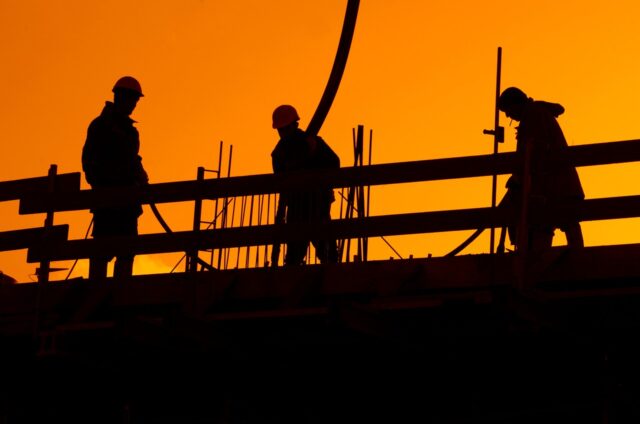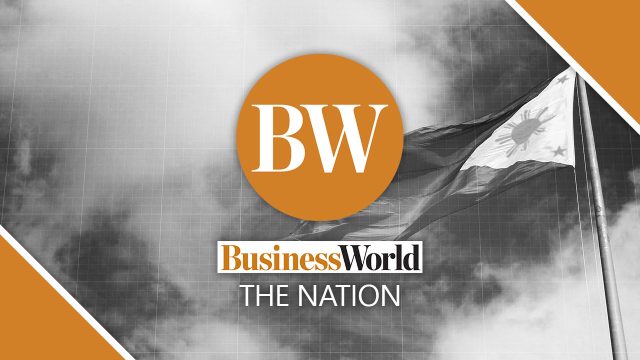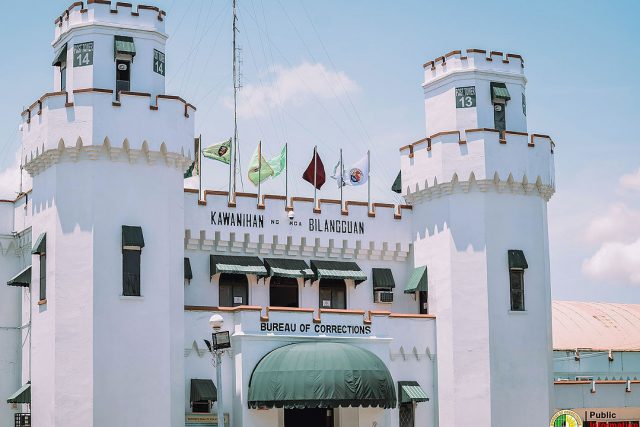Prepare for a bumpy year in coffee, oil and other commodities

BEFORE it’s too late, order your espresso. It will be more expensive in 2025, and anyone trading — or observing — energy and commodity markets into the new year will need caffeine to survive.
First, a bit of honesty — 2025 looks awfully foggy. The supply-and-demand balance of key commodities can swing from hugely oversupplied to massively in deficit, depending on unpredictable politics. My crystal ball is about as good as anyone else’s about what Donald Trump, Xi Jinping, Vladimir Putin, Benjamin Netanyahu and several others will do. More than ever, predicting commodity prices in the new year is about forecasting political choices.
Still, we can anticipate a few themes — and few bits of commodity trivia I will be watching through the new year:
1) The OPEC+ oil cartel is on the ropes.
Having delayed a production increase by already six months, it’s unlikely that the group will be able to hike output in 2025 unless Trump comes to the rescue. Global oil demand growth in the new year is likely to reach around one million barrels a day, lower than the expected output growth from non-OPEC+ countries. The squeeze is the result of several years of high oil prices that have encouraged OPEC+’s rivals to invest in new output capacity.
Trump could alter the equation if he tightly enforces current American oil sanctions on Iran and Venezuela. For nearly four years, the Biden administration turned a blind eye on rising oil exports from both countries. If the incoming US president hits Tehran and Caracas, Saudi Arabia can use the opportunity to hike production. Otherwise, I don’t see much space for extra Saudi crude.
But Trump can create trouble for OPEC+, too, via two policies. One is his threat of a trade war, not only with Canada and Mexico, but also with the European Union and China, that could derail economic growth. The second is loosening regulations for American drilling. Trump has insisted his top priority is lower energy prices and more US oil and gas production, so, on balance, OPEC+ is likely to struggle. Yet, with Brent trading close to $70 a barrel, oil isn’t the easy short it was when it was close to $100 a barrel.
2) Like OPEC+, British oil major BP Plc is also on the ropes.
The company has been a disaster in the stock market, down more than 20% over the last five years. At current prices, its market value has declined to about $75 billion, a fraction of the $250 billion nearly two decades ago. The company has a key date with its shareholders in early February, when it’s scheduled to update its strategy.
The strategic update may give some investors a reason to stick with the company, but it will put the spotlight on two negatives: BP will effectively issue a profit warning. It previously guided the market to expect earnings before interest, taxes and depreciation and amortization (EBITDA) as high as $49 billion in 2025. The true number is probably at least $10 billion lower. With that, share buybacks are likely to be lowered too, from a current pace of $1.75 billion a quarter to something far more affordable — say, $1 billion — to protect the balance sheet.
In the oil business, the credit rating comes ahead of the shareholders. Lower earnings and a smaller share repurchase could kill investor appetite for the stock, however, and open the door for a corporate deal. I have argued in the past that the company should seek a merger with a rival and see that as a high chance in 2025. The most obvious one is Shell Plc.
3) Watching OPEC+ and BP will require a steady supply of coffee.
Brace yourself for higher prices. Brazil and Vietnam, the world’s top producers of the Arabica and Robusta bean varieties, face a crop shortfall. This could be the fifth consecutive season where coffee consumption surpasses production, which is unprecedented. In late 2024, the price of Arabica surged to an all-time high, surpassing the nominal peak set in 1977. It may not be enough to keep the market balanced.
Coffee traders believe that if the Brazilian crop doesn’t recover — something unlikely — prices may need to climb from about 350 cents a pound currently to somewhere between 400 cents and 500 cents. Coffee roasters will in turn raise retail prices, particularly for the espresso made from Arabica beans.
While you’re bracing yourself for higher-for-longer coffee, add hot chocolate to your list. The crops in West Africa, the region that accounts for 70% of the world’s cocoa production, haven’t recovered as much as previously expected, and prices are at record highs.
4) Coal is one of the commodities that receives less attention — despite its still-huge importance to the energy system and the fight against climate change.
For years, many have considered it to be “dead” or “dying.” At the COP26 climate change conference in 2021 in Glasgow, the world agreed to “consign coal to history.” But it’s alive, omnipotent and omnipresent. In 2024, the world consumed a record amount, and 2025 will be a pivotal year to see whether a change of trend occurs.
I’m pessimistic because China has adopted coal as the cornerstone of its energy system, with renewables as a complement. The Asian nation alone consumes 30% more coal that the rest of the world altogether, endangering any progress to stop global warming.
5) Iron ore is, alongside coal, one of those raw materials that is often overlooked.
It isn’t a mainstay of commodity investing in financial markets. But it’s key for the profitability of global mining groups and steelmakers alike. And it’s a great barometer of economic activity in China. Its price has dropped to $100 per metric ton now from more than $200 in 2021.
The new year could mark an inflection point for the commodity: Chinese steel production probably reached a zenith between 2022 and 2024, and at best, it would be able to sustain an elevated plateau in 2025. Because China nowadays produces more than half of the world’s steel, what happens there matters enormously. Crucially, iron-ore supply is going to increase next year too, including from a new source of low-cost production: Guinea in West Africa. Put the two forces together, and the iron-ore market may enter the first of several years of surpluses. Lower prices beckon in 2025.
BLOOMBERG OPINION



